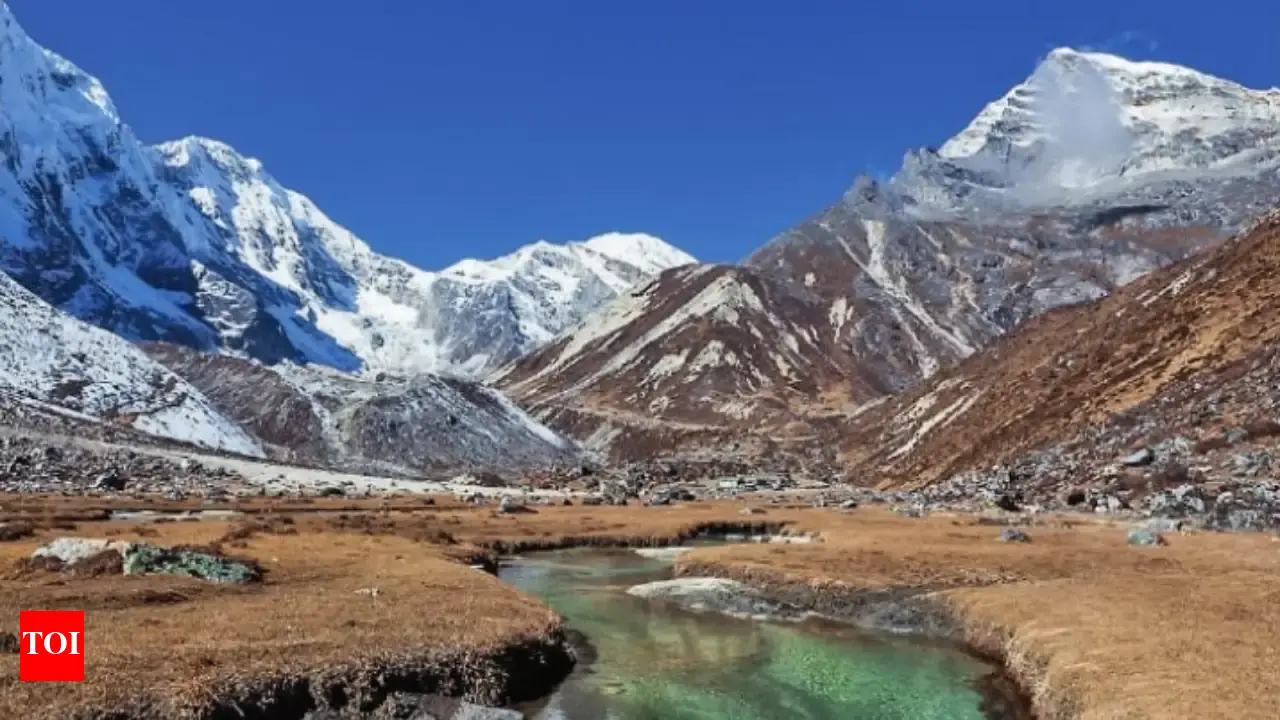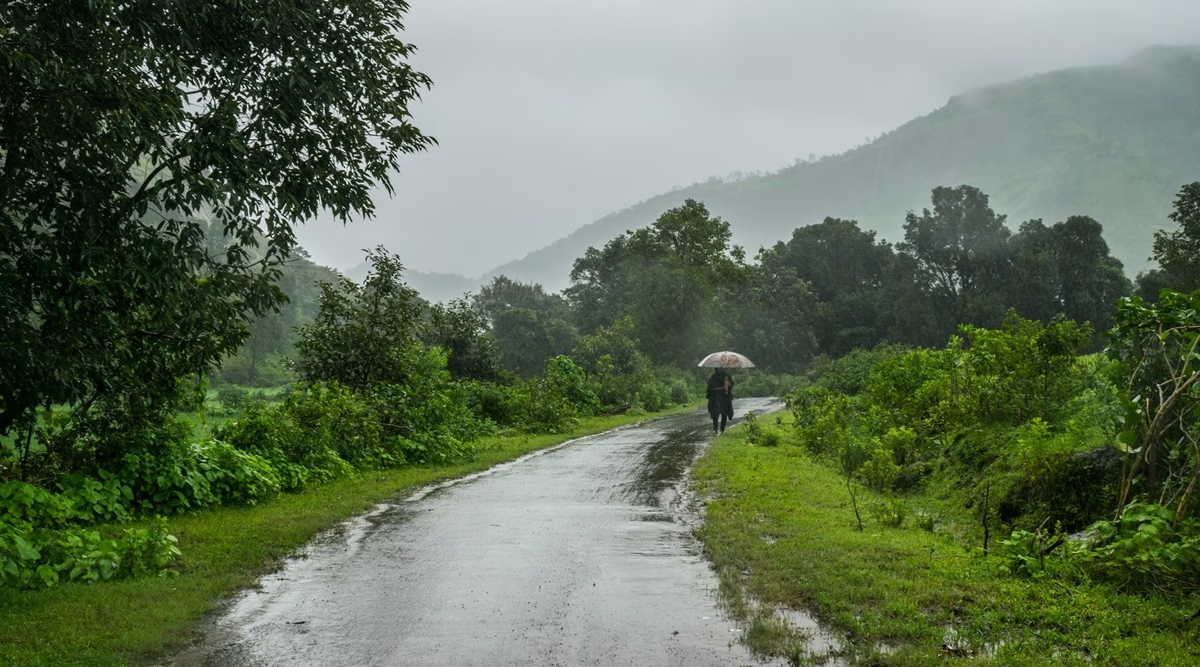Asia warming twice global avg
Asia Warming Twice as Fast as Global Average A Mounting Regional Climate Crisis
1. A Stark Climate Reality Unfolds in Asia
Asia, home to over 4.7 billion people, is heating up at an alarming pace nearly twice the global average, according to the latest climate assessments from independent meteorological bodies and regional researchers. This trend is not only a statistical outlier; it’s a looming humanitarian and environmental crisis unfolding across deserts, mountains, forests, and coastal cities. The continent’s accelerated warming is intensifying natural disasters, threatening food and water security, and placing immense pressure on already vulnerable communities. Unlike previous decades, where regional climate anomalies could be isolated, this warming trend is now consistent and continent wide, suggesting an entrenched shift in Asia's climate system.
2. Understanding the Warming Disparity
The reason Asia is heating faster than the global average is due to a combination of geography, rapid urbanization, and regional atmospheric patterns. Land heats more rapidly than oceans, and Asia, with its vast stretches of terrain, dense human settlements, and growing industrial footprint, creates a perfect storm for climate acceleration. Urban heat islands caused by concrete infrastructure and lack of vegetation are making cities unbearably hot. Meanwhile, the seasonal monsoons that once moderated the climate are becoming increasingly erratic. The Himalayas, known as Earth’s “third pole,” are also warming faster than other mountain ranges, altering river flows and snow cycles that feed much of Asia’s water systems.
3. Extreme Weather Becomes the New Normal
One of the most visible effects of Asia’s faster warming is the sharp increase in extreme weather events. Heatwaves have broken records in countries like India, Pakistan, and China, with temperatures climbing above 48°C in some regions. These heatwaves now arrive earlier, last longer, and affect more people. Flooding has intensified due to unpredictable monsoon patterns and glacial melt. Bangladesh and northeastern India witnessed devastating floods displacing millions, while countries like Afghanistan and Iran faced the opposite extreme crippling droughts. The warming has even exacerbated cyclones in the Indian and Pacific Oceans, which are now stronger and more frequent than in previous decades.
4. Impact on Agriculture and Food Security
Asia’s food systems, which support the majority of the global population, are highly climate sensitive. Rising temperatures are shortening crop cycles and reducing yields, especially for staples like rice and wheat. In tropical regions, farmers are dealing with back to back seasons of either too much or too little rain, making agricultural planning nearly impossible. Salinization of soil due to sea level rise in coastal deltas is degrading fertile land, and pest outbreaks linked to warmer weather are further damaging crops. These changes are not hypothetical projections; they’re already affecting food prices, increasing rural debt, and prompting migration from farming communities.
5. Glacier Retreat and Water Crisis Loom
The Himalayas and Tibetan Plateau store the largest reserves of ice outside the polar regions, feeding major rivers like the Ganges, Mekong, Yangtze, and Indus. But satellite data now confirms that these glaciers are retreating at unprecedented rates. Glacial melt has caused rivers to swell unpredictably in the short term, increasing flash floods and landslides in downstream regions. In the long run, however, the retreat will reduce water availability for millions who depend on seasonal glacier fed flows. From Pakistan’s Punjab to Vietnam’s rice bowl, the availability of water for drinking, irrigation, and hydropower is under serious threat making this not just an environmental problem, but a looming security issue.
6. Urban Challenges and Public Health
Asia’s mega cities like Delhi, Jakarta, Manila, and Bangkok are bearing the brunt of heatwaves, air pollution, and flooding. Poorly planned urban sprawl, combined with aging infrastructure, has left these cities ill equipped to handle the mounting climate stress. Power grids strain under peak summer demand, while healthcare systems struggle to cope with heat related illnesses. Vector borne diseases like dengue and malaria are spreading to new areas previously too cool for mosquito breeding. Meanwhile, mental health issues tied to heat stress and climate anxiety are on the rise, especially among youth and the elderly.
7. The Human and Economic Toll
The economic impact of Asia's warming is difficult to overstate. According to recent estimates, climate change could shave off 5 10% of GDP in South Asia alone by 2050 if no meaningful adaptation occurs. Labor productivity is falling in outdoor industries like construction and agriculture due to intense heat. Insurance claims related to climate disasters are rising, and small island nations and coastal cities are being forced to consider costly relocation plans. Beyond the numbers, the human toll is stark children missing school due to floods, families losing homes to typhoons, and entire communities living under the constant threat of displacement.
8. Adaptation Is Urgent But Underfunded
Asia's governments are increasingly aware of the scale of the challenge, yet adaptation efforts remain inconsistent and underfunded. Some nations, like Bangladesh and Vietnam, have made notable progress with early warning systems, resilient agriculture, and flood defenses. But many others, particularly in Central and South Asia, lack the technical and financial capacity to build climate resilient infrastructure. There’s also a growing call for international support to bridge this gap. Global climate finance especially for adaptation has lagged behind promises, leaving the most vulnerable without the tools to respond effectively to a crisis not of their making.
Final Thoughts A Critical Decade Ahead
Asia warming at nearly double the global average is not just a scientific anomaly it’s a clarion call for action. The next decade will determine if the region can stabilize its climate trajectory through a combination of mitigation, adaptation, and community led resilience. The urgency is undeniable, but so is the opportunity to invest in green infrastructure, rethink urban development, empower rural communities, and integrate climate into education and governance. For a continent that represents both a rich cultural heritage and a dynamic economic future, the challenge of climate change could be its defining test and, potentially, its greatest triumph.






 Root steadies in Lord’s Test
Root steadies in Lord’s Test  New Bill on Data Protection Tabled
New Bill on Data Protection Tabled  JNU launches inaugural Indian Knowledge Systems conference featuring more than 100 research presentations
JNU launches inaugural Indian Knowledge Systems conference featuring more than 100 research presentations  Civic Volunteers Receive Safety Kits, Enhancing City Wide Emergency Preparedness
Civic Volunteers Receive Safety Kits, Enhancing City Wide Emergency Preparedness